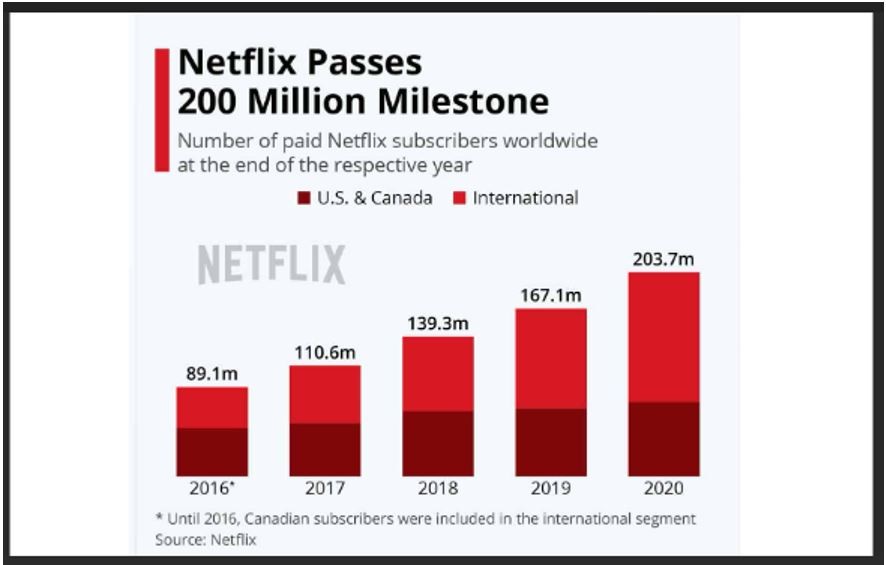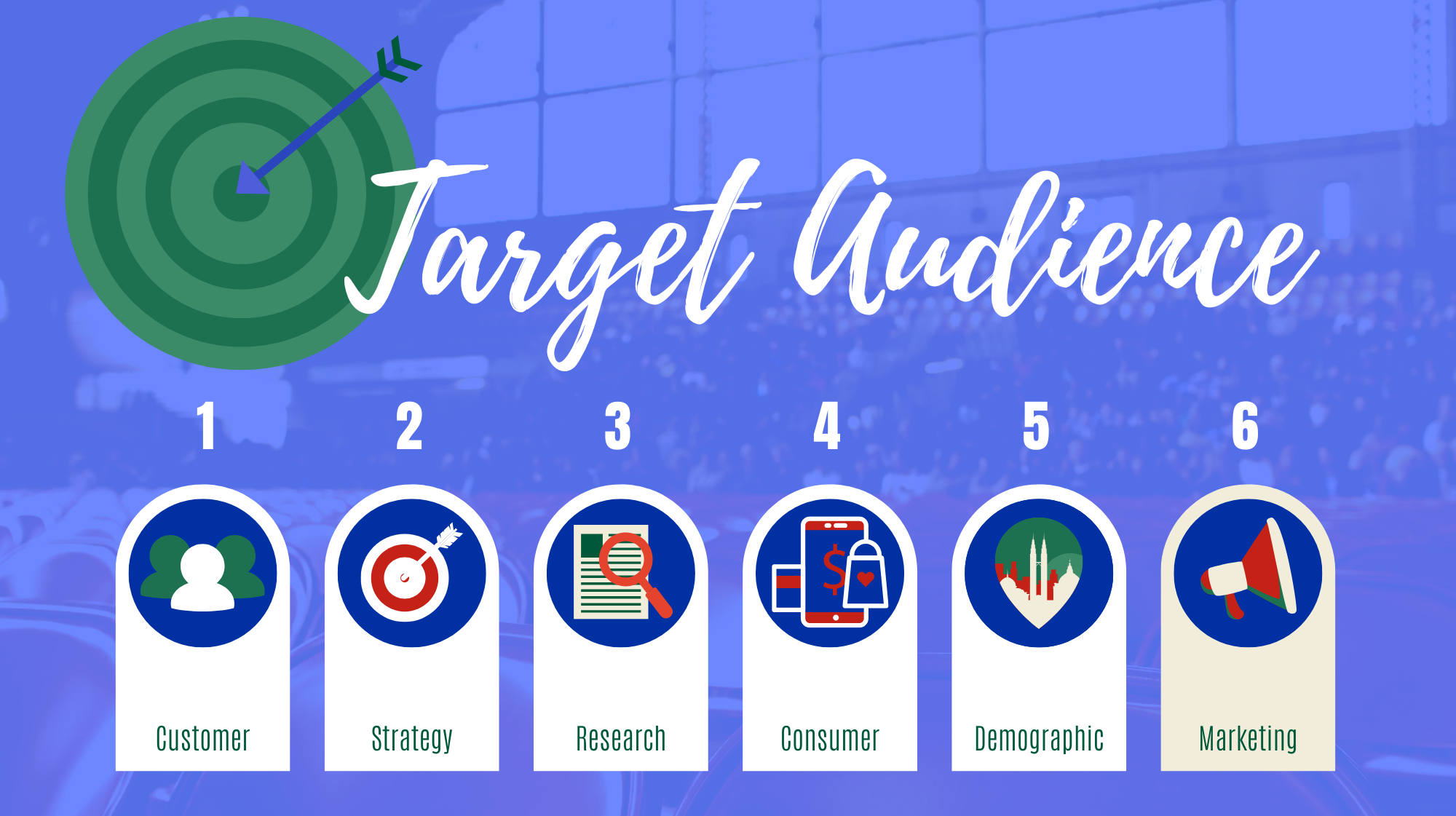In today’s competitive digital landscape, understanding your audience is the key to unlocking effective communication and building long-lasting customer relationships. By diving deep into case studies, we reveal how strategic targeting can drive engagement, conversion, and loyalty. In this post, we examine two standout examples—Nike and Netflix—that demonstrate how real-life brands have leveraged audience targeting and digital marketing transformation to excel in their industries.
Why Audience Targeting Matters

Effective audience targeting is more than just splitting your market into segments—it’s about understanding the underlying needs, behaviors, and aspirations of your customers. Precise targeting not only boosts engagement and conversion rates but also enhances customer loyalty. When messages are tailored to specific segments, brands can overcome generic advertising fatigue and connect with consumers on a personal level.
Data-driven strategies now allow companies to analyze customer interactions in real time and adjust campaigns to meet evolving preferences. These insights are key to crafting content that resonates, drives demand, and delivers measurable results.
Case Study 1: Nike – A Success Story in Audience Targeting
Background

Nike, the globally recognized sportswear giant, has evolved from its humble beginnings to become a leader in athletic apparel and footwear. In recent years, facing a competitive market and shifting consumer demographics, Nike refined its audience targeting to better connect with diverse consumer segments—ranging from professional athletes to everyday fitness enthusiasts.
Strategy for Audience Targeting
Nike adopted a multi-channel approach backed by advanced data analytics. The company segmented its audience based on demographics (age, gender, income), psychographics (lifestyle, interests), and behavior (purchase frequency, brand engagement). For example, Nike’s targeted campaigns for its women’s division included personalized messaging and product innovation, such as the “Dream Crazy” campaign that celebrated female athleticism with tailored visuals and inspiring narratives.
Key elements of Nike’s strategy included:
–Data-Driven Segmentation: Using analytics to identify niche segments within a broad market.
–Multi-Channel Outreach: Integrating digital channels (social media, email, mobile apps) with traditional sponsorships and influencer endorsements.
–Personalized Content: Crafting messages that resonate with each segment, such as campaigns emphasizing empowerment for women and performance for serious athletes.
–Agile Campaign Optimization: Continuously monitoring performance metrics to tweak messaging and creative content in real time.
Results
Nike’s refined targeting strategy led to remarkable improvements:
-A significant increase in online engagement—up by over 35% during key campaign periods.
-Sales growth saw a boost of approximately 25% in targeted product lines.
-Enhanced brand loyalty and positive media sentiment reinforced Nike’s market leadership.
These results not only reaffirmed Nike’s ability to connect with its audience but also set a benchmark for effective digital audience targeting.
Case Study 2: Netflix – Transforming Digital Marketing
Background

Netflix began as a DVD rental service and has since evolved into a global streaming powerhouse. Confronted with the challenges of transitioning from physical rentals to on-demand streaming, Netflix needed to overhaul its marketing approach to engage a digitally savvy and diverse audience worldwide.
Strategy for Audience Targeting
Netflix transformed its digital marketing by adopting a data-driven, customer-centric approach:
–Personalization Through Analytics: Netflix utilizes advanced algorithms to track viewing habits and preferences. This data fuels its recommendation system, ensuring that content is hyper-personalized for each user.
–A/B Testing and Iteration: The company continuously tests various content strategies and user interfaces to maximize viewer engagement and retention.
–Cross-Platform Integration: By combining social media engagement, email marketing, and native app experiences, Netflix delivers a seamless viewing experience that caters to a global audience.
–Innovative Content Formats: Initiatives like interactive storytelling and dynamic thumbnails are used to create a more engaging, “gamified” browsing experience that sets Netflix apart from traditional broadcasters.
Results
Netflix’s strategic digital transformation has driven outstanding outcomes:
-Subscriber growth soared to over 220 million globally, with significant gains in international markets.
-Enhanced personalization led to increased average viewing times and higher retention rates.
-Revenue growth accelerated dramatically—from $5.5 billion in 2014 to nearly $25 billion in 2020—underscoring the success of its digital marketing overhaul. These results illustrate how leveraging data and innovative digital marketing techniques can transform a brand’s engagement with its audience.
Key Lessons Learned related to Audience Targeting
From these case studies, several key takeaways emerge:
–Leverage Data for Deeper Insights: Robust analytics allow brands to understand customer behavior and tailor messaging effectively.
–Embrace Multi-Channel Strategies: Integrating digital and traditional channels ensures a comprehensive reach and reinforces brand messaging.
–Personalization is Crucial: Customizing content to meet the unique needs of each audience segment drives higher engagement and conversion.
–Continuous Optimization: Agile campaign management enables brands to adjust strategies in real time, ensuring sustained success in dynamic markets.
How to Apply These Insights to Your Marketing Strategy
To replicate similar successes:
–Invest in Analytics Tools: Implement platforms that offer real-time data insights to understand and segment your audience.
–Develop Detailed Customer Personas: Use your data to create profiles that capture customer demographics, interests, and behaviors.
–Design Tailored Campaigns: Craft messages and offers for each persona, ensuring relevance across channels.
–Integrate Across Platforms: Ensure your digital marketing is cohesive, from social media to email to in-app experiences.
–Test and Optimize: Use A/B testing and performance metrics to refine campaigns continuously.
Conclusion
The journeys of Nike and Netflix illustrate the transformative power of targeted marketing and digital innovation. Nike’s success in reaching diverse consumer segments and Netflix’s overhaul of its digital marketing approach underscore that understanding your audience—and then reaching them where they are—can lead to exceptional results. Whether you’re refining your audience targeting or transforming your digital strategy, these case studies provide actionable insights to elevate your marketing efforts.
FAQs
What is audience targeting?
Audience targeting is the process of segmenting consumers based on their demographics, behaviors, and interests to deliver more relevant marketing messages.
How do case studies help improve audience targeting strategies?
Case studies offer real-world examples and actionable insights that demonstrate effective strategies and lessons learned, enabling marketers to refine their own approaches.
What are the key metrics to evaluate the success of audience targeting?
Key metrics include click-through rates, conversion rates, customer lifetime value, and overall return on investment, which indicate how effectively a campaign reaches its intended audience.
At Balistro, we specialize in helping businesses grow through effective digital marketing strategies. From Google Ads to Meta Ads, we deliver data-driven campaigns that maximize your ROI and drive real results. If you’re looking to boost your online presence, generate leads, or scale your e-commerce business, our expert team is here to help. Contact us today to learn more about how we can support your advertising needs!



